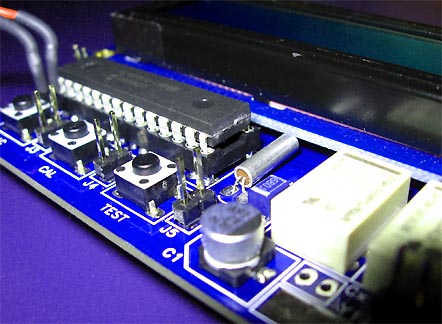 Improved LC-meter
Improved LC-meter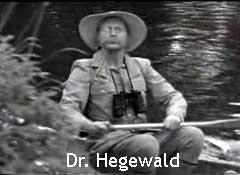 So, the only way to build a fully functional LC-meter is to build one myself (as usual).
So, the only way to build a fully functional LC-meter is to build one myself (as usual). 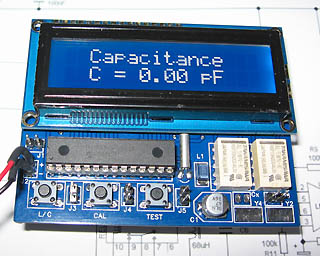 Specification of this LC-meter
Specification of this LC-meter The theory behind the measurements
The theory behind the measurements

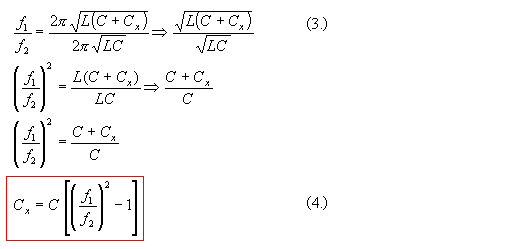
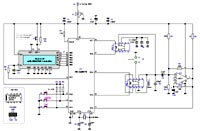 Hardware and schematic
Hardware and schematic
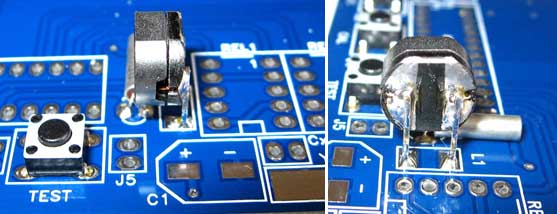
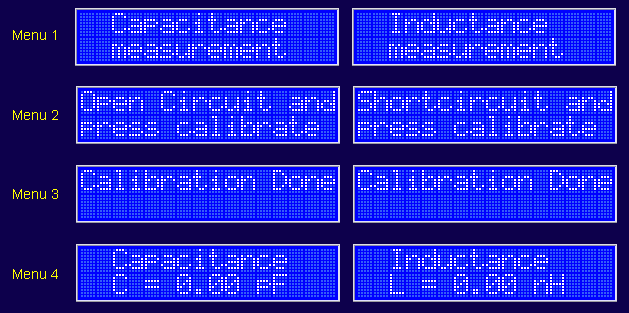
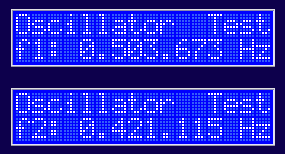

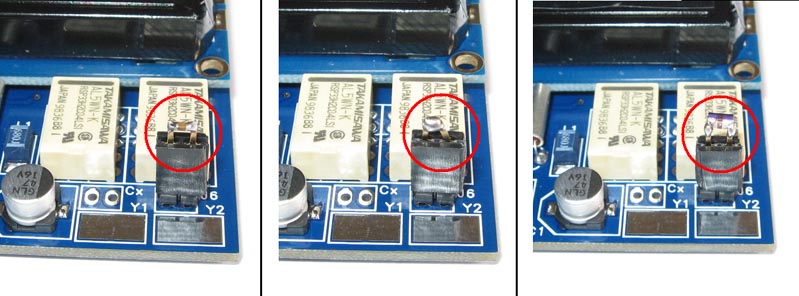
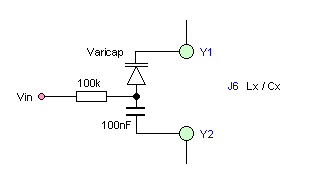

 Order a KIT Order a KITwhich will include all parts listed below |
||||
|
1 pcs
|
|
|||
|
1 pcs
|
|
|||
|
1 pcs
|
|
|||
|
1 pcs
|
|
|||
|
1 pcs
|
|
|||
|
2 pcs
|
|
|||
|
1 pcs
|
|
|||
|
1 pcs
|
|
|||
|
1 pcs
|
|
|||
|
2 pcs
|
|
|||
|
2 pcs
|
|
|||
|
1 pcs
|
|
|||
|
3 pcs
|
|
|||
|
2 pcs
|
|
|||
|
1 pcs
|
|
|||
|
1 pcs
|
|
|||
|
2 pcs
|
|
|||
|
4 pcs
|
|
|||
|
1 pcs
|
|
|||
|
3 pcs
|
|
|||
|
6 pcs
|
|
|||
|
1 pcs
|
|
|||
|
1 pcs
|
|
|||
|
1 pcs
|
|
|||
|
1 pcs
|
|
|||
|
Order here |
Features
|
|||
Front side 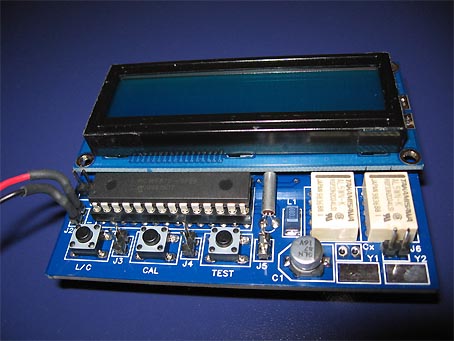 |
Back side 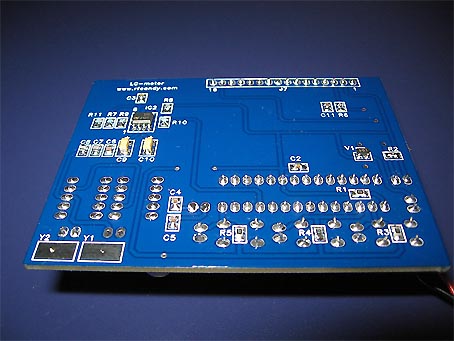 |
